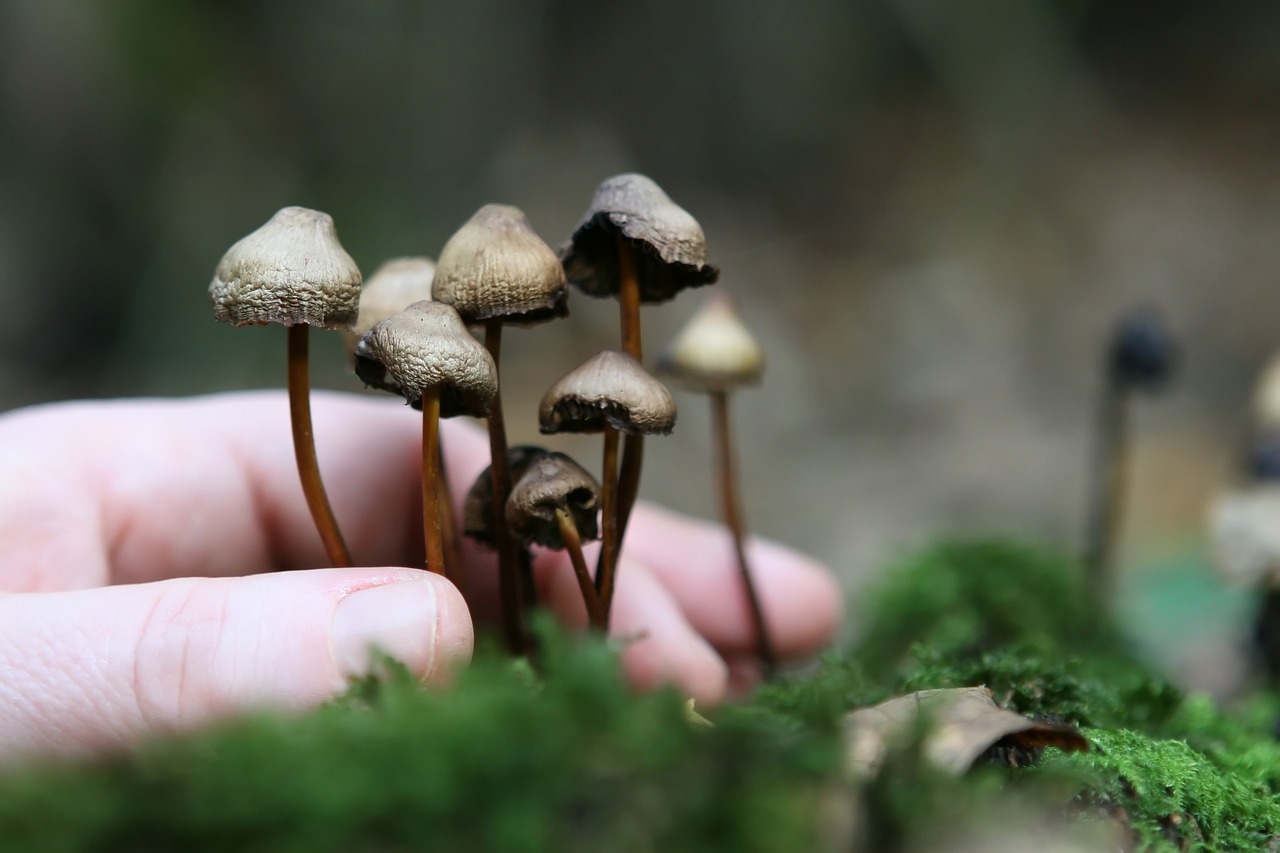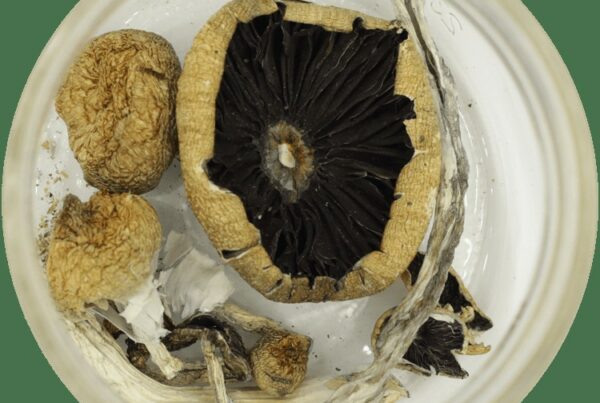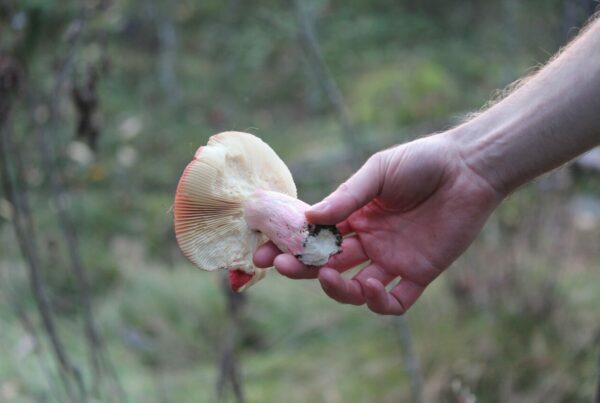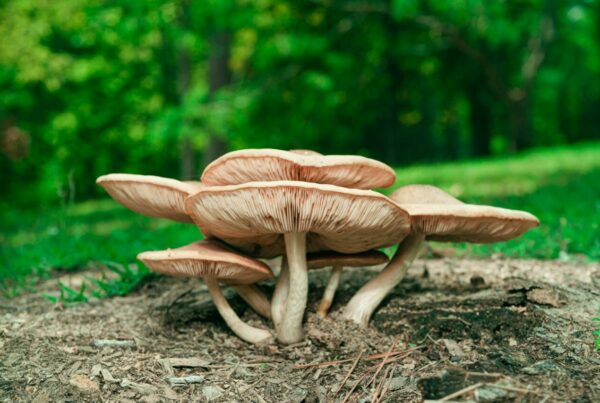Demystifying Mycelium
Mycelium, the root system of fungi, functions much like a digestive system for mushrooms. It scavenges nutrients, transforms them into a format absorbable by the fungus, and thereby, nourishes the fungus. This process also fortifies the surrounding soil generating a nutrient-rich biomass highly beneficial as mulch for gardening.
Beyond facilitating mushroom growth, mycelium networks are indispensable for the health and development of various land plants, among them trees. For example, tree roots and fungi indulge in a mutualistic exchange: the tree furnishes the fungus with carbon via sugars, and reciprocally, the fungus equips the tree with key minerals like nitrogen and phosphorus. To delve deeper into this relationship, click here.
Fascinatingly, mycelium networks function as a subterranean communication grid for plants, mirroring our brain’s neural networks. Contemporary scientific studies suggest that plants and trees may harbor rudimentary nervous systems that fungi could potentially manipulate, impacting processes such as communication, memory, and learning. Moreover, by decomposing organic waste and neutralizing pollutants, mycelium contributes to soil health.
For those intrigued by the prospect of cultivating magic mushrooms, grasping the growth of mycelium is key. While the cultivation journey may seem daunting to novices, understanding mycelium is an essential starting point. Of course, you can always choose to buy mushrooms from Mushroom Dispensary Canada online, but learning about mycelium can enrich your cultivation journey.
Mycelium’s Growth Journey
When fungal spores stumble upon a growth-friendly environment, they trigger the formation of two kinds of mycelium. The primary or monokaryotic mycelium, the first kind, is distinguished by a single nucleus per cell and is usually invisible to the naked eye. The secondary or dikaryotic mycelium, the second kind, is visible and houses two nuclei within each cell.
When fungal spores germinate, they form what is known as the monokaryotic mycelium, or the primary mycelium. Upon encountering another compatible monokaryotic mycelium, they merge to create the second stage, the dikaryotic mycelium. It is this secondary mycelium that has the capacity to produce mushrooms or sclerotia.
Types of Mycelia
There are three categories of mycelia, of which two are indicative of successful cultivation.
- Rhizomorphic mycelia extend like threads and are easily identifiable. Composed of units called hyphae, these mycelia first spread out and then send chemical signals back to the colony, indicating that the area ahead is nutrient-rich. The rest of the mycelia then follow suit. The hyphae at the tip of the rhizomorphic mycelia release peroxidase, a substance that breaks down the material ahead for nourishment. The hyphae then spread over this material, distributing the nutrients throughout the colony. Many cultivators prefer rhizomorphic mycelia because they are more likely to produce mushrooms as they sprout from the substrate.
- Tomentose or “Fluffy” mycelia have many similarities with Rhizomorphic mycelia, but their strand arrangement is unique. Although not immediately noticeable, the strands are certainly there. Their cotton-ball-like appearance indicates a clustered arrangement of strands. Whether your mycelia develop tomentose or rhizomorphic characteristics largely depends on the growing environment. The impact of the type of mycelia on growth rate or harvest yield is a topic of ongoing debate among cultivators.
- Aerial mycelia develop when the growing conditions are less than ideal. In such cases, the mycelia tend to grow outward instead of spreading throughout the medium or forming a cluster. Often mistaken for bacterial contamination, this type of mycelia can negatively affect your mushroom cultivation, resulting in smaller, weaker mushrooms. Aerial mycelia are typically a result of insufficient fresh air exchange and excessive humidity.
Mycelium or Mould?
It is critical to distinguish between mould and mycelium. If you notice green, blue, grey, or black patches on or inside your fruiting box, it’s probable that your culture is contaminated. Discolouration is the primary indicator. However, blue spots might just be bruises.
Cobweb moulds are typically quite visible. Instead of the bright The typically greyish and fibrous texture of Mycelium is similar to white. Though cobweb and green moulds pose no threat to human health, they can detrimentally impact the well-being of your mushrooms.
Mushroom Dispensary Canada: Your Ultimate Mushroom Guide
Whenever the topic of psychedelic mushrooms in Canada arises, turn to Mushroom Dispensary Canada. We are dedicated to providing comprehensive and useful information for a safe and enjoyable mushroom journey.





